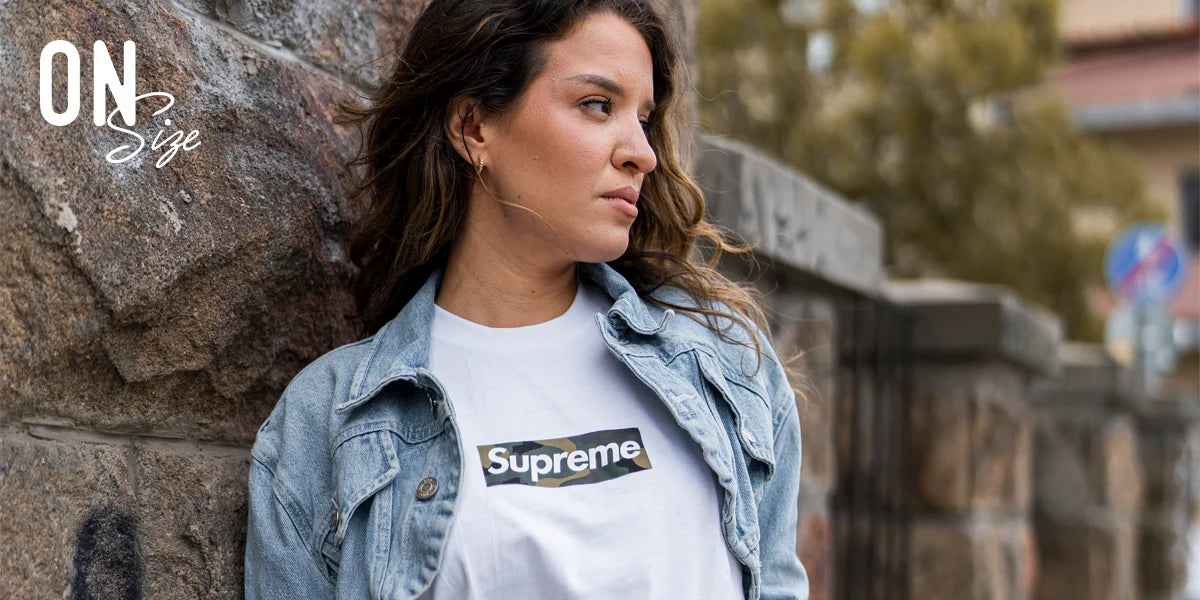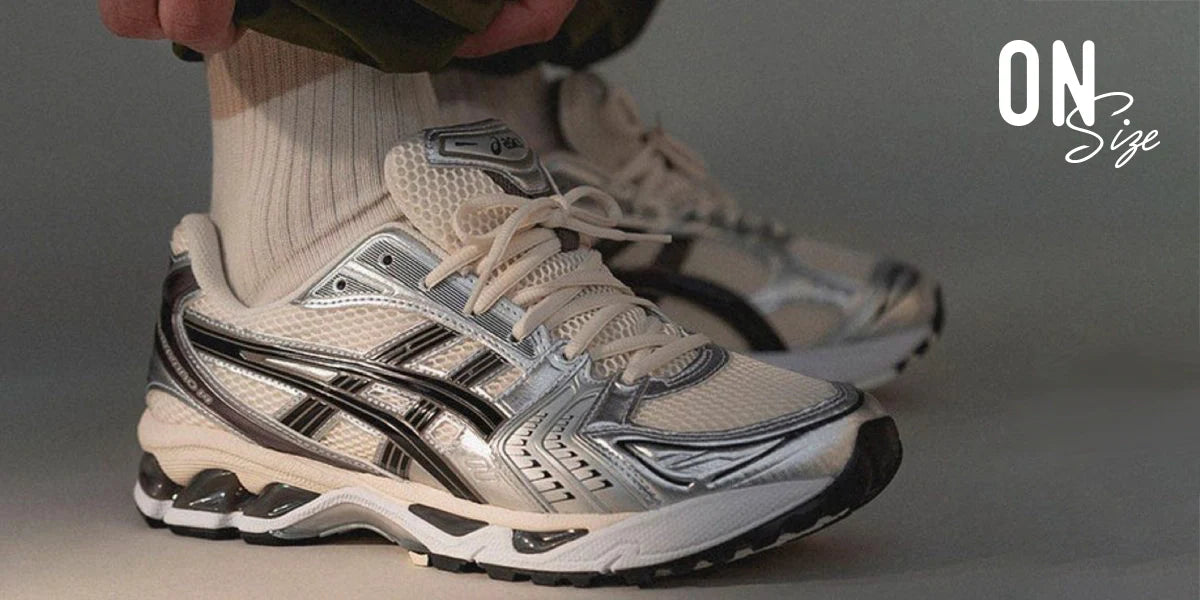Few brands can claim to have revolutionized not just the streetwear world, but the entire fashion industry. Supreme did just that. The red and white box logo has become a global symbol – conveying not only style, but attitude, underground spirit and hype sensitivity.
But how did a New York skateboard shop become one of the most defining cult brands in the fashion world?
Beginnings: a skateboard shop in the heart of Manhattan
Supreme's story began in 1994 on Lafayette Street in New York City, where James Jebbia opened his first store. The goal: to create a place that was home to the skateboarding community and where they didn't have to conform to the rules of the mainstream.
The layout of the store was also unique: the clothes were on the side and the skate spot was in the middle – this wasn't a store, this was a cultural space.
Why is the Supreme logo so special?
- Simple yet recognizable design: The minimalist box logo is easy to identify anywhere, anytime.
- Limited availability: Supreme clothing and accessories are released in limited quantities, further increasing the value of the logo.
- Culture and community: The wearer of the logo is not just wearing a piece of clothing, but becomes part of the exclusive, underground streetwear community.
- Hype and resell market: Supreme products often sell out instantly and change hands on the secondary market for multiples of that price.

The impact of the Supreme logo on fashion and industry
The red and white box logo not only defined the image of the Supreme brand, but also redefined the world of fashion and marketing. The hype culture behind the logo showed that even a simple graphic could be a tool worth millions if positioned well.
- The logo is unique and easily recognizable, which helps with brand identity.
- It has become a status symbol due to its exclusivity.
- It plays a significant role in shaping streetwear culture.
- The value of products with a logo is constantly increasing in the market.
The birth of the “drop” – Supreme as a system
Supreme didn't follow the traditional seasonality of its collections. Instead, they came up with something that everyone is familiar with today:
Weekly drops – i.e. limited edition, pre-announced releases – are on Thursdays.
This is the new kind of model:
- created a shortage, which increased demand,
- generated lines in front of shops,
- and the resell culture was born – when pieces are immediately resold for hundreds of dollars.
So Supreme doesn't just sell products, it sells desire.

Collab culture – From art to luxury brand
One of Supreme's keys has been to perfectly maneuver the border between culture and commerce. Their collaborations have always been surprising, sometimes provocative. For example, they have collaborated with Louis Vuitton, The North Face and Nike.
Supreme thus became the pioneer of collab culture – and set a model for all streetwear brands that follow a similar strategy today (e.g. Palace, Off-White, BAPE, etc.).
Is selling a cashout culture?
In 2017, Supreme sold its 50% stake to the Carlyle Group, and in 2020, VF Corporation (The North Face, Vans, Timberland) bought the entire brand for $2.1 billion.
Many people thought this marked the end of independence, but Supreme is still able to maintain its cult status – because the limitation and hype model still works.

Supreme's legacy: what he taught the world
- Scarcity creates value.
- Culture can be sold – if it is real.
- Style is not a trend, it's a message.
- "Drop" has become the new form of marketing.
Almost every major brand is now a dropo: whether it's Nike's SNKRS app, Travis Scott merch, or an Asics x Kiko capsule. This is Supreme's legacy. If you want a piece of this legacy, check out our selection!
image source: ewanitymarketing.com , tenshi-streetwear.com




Comment
This site is protected by hCaptcha and the hCaptcha Privacy Policy and Terms of Service apply.